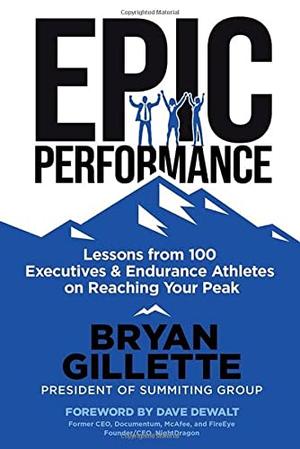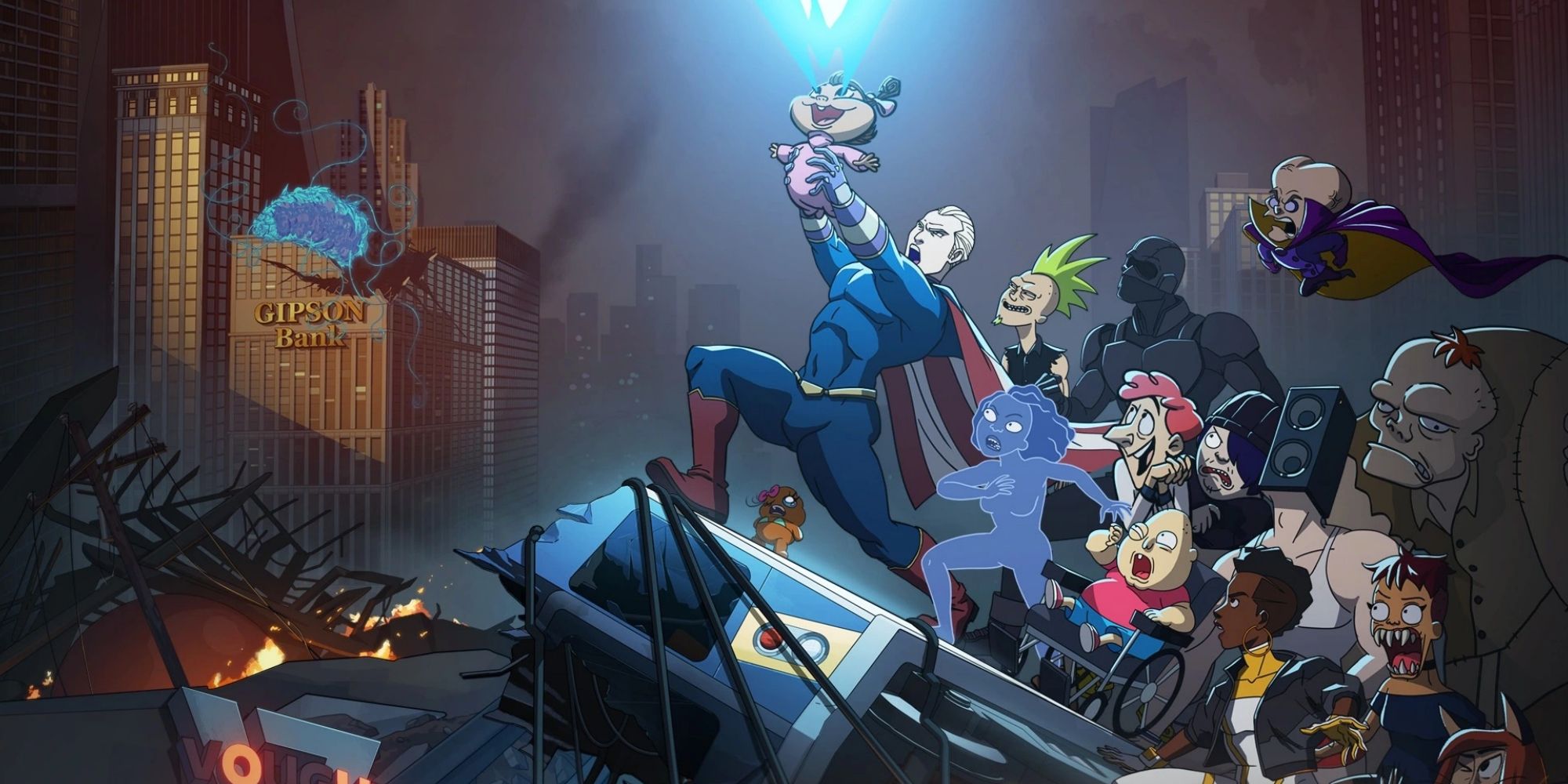There are no on-camera interviews, only the voices of people who were there, or who know people who were there, or who know things about Poland in the thirties, particularly about the Jewish experience. Sometimes Helena Bonham-Carter reads scholarly material that presumably is a distillation of things the director and her team learned during the course of the project but that aren’t attributable to any specific interviewee. The footage is slowed down, freeze-framed, zoomed in on. Sometimes it is slowly run backwards and forwards (creating kind of a pendulum effect) as an interviewee talks about their personal knowledge of a particular face in a crowd. As that person speaks, we may wonder which of the faces they’re talking about, though usually we have a pretty good idea; the arc of the back-and-forth pendulum shortens until we settle on the person and the image freeze-frames, catching a moment in time and holding it.
The word “granular” is typically used as a metaphor to suggest focus and thoroughness, but it applies literally in this case. When we hear a witness speaking about what happened to one of two Lions of Judah that used to be on the door of a synagogue, or when Carter reads observations about the social and economic aspects of the colors seen in women’s clothes, or when we learn about what the difference in boys’ hats tells us about how much money their families probably had, we’re sometimes looking at a piece of a frame of film so tightly cropped that we might as well be in a museum looking at an impressionist painting: blobs of celluloid instead of paint.
We know how this story ended, historically speaking. By the end of the war, there were only 100 Jews left in the neighborhood, the rest having been relocated and murdered en masse by Nazis and their enablers. The final section of the film deals with the deportation of the community in a manner consistent with the rest of the film.
There is a fundamental benevolence and generosity to the very idea of making a movie like this, although if such emotions were inherent to the production, we’d never know from the way the material is presented. It has been described as a forensic exercise but that adjective is loaded with associations from forensic science. “Three Minutes” is showing us people and things that no longer exist, but the respectful and innovative approach to just three minutes of footage gives life, briefly, to community on the cusp of obliteration.
























































![Key Metrics for Social Media Marketing [Infographic] Key Metrics for Social Media Marketing [Infographic]](https://www.socialmediatoday.com/imgproxy/nP1lliSbrTbUmhFV6RdAz9qJZFvsstq3IG6orLUMMls/g:ce/rs:fit:770:435/bG9jYWw6Ly8vZGl2ZWltYWdlL3NvY2lhbF9tZWRpYV9yb2lfaW5vZ3JhcGhpYzIucG5n.webp)

















